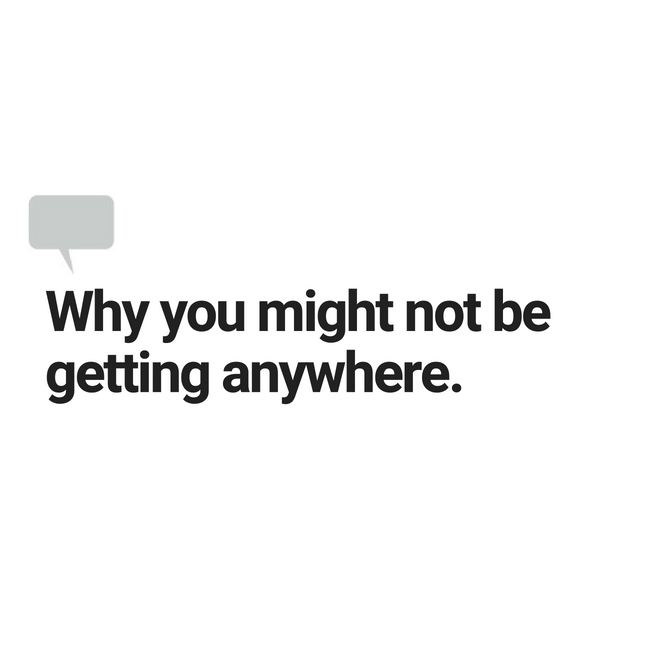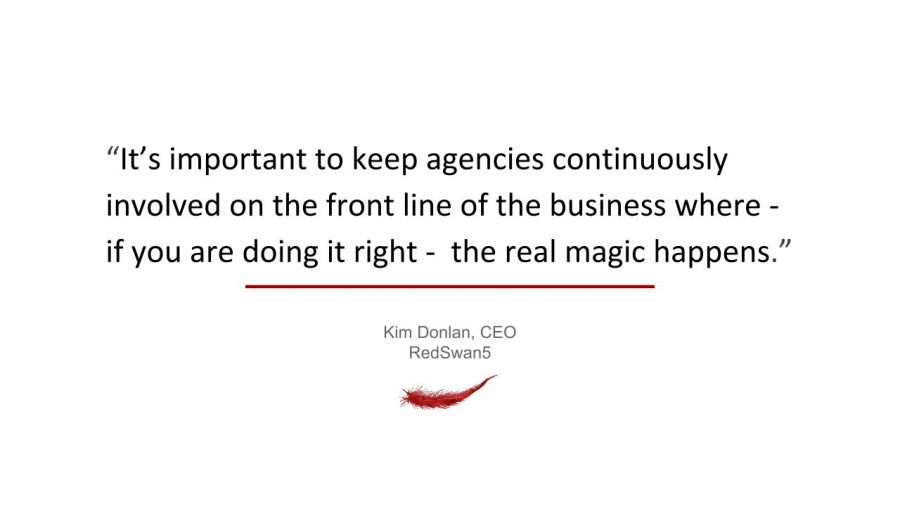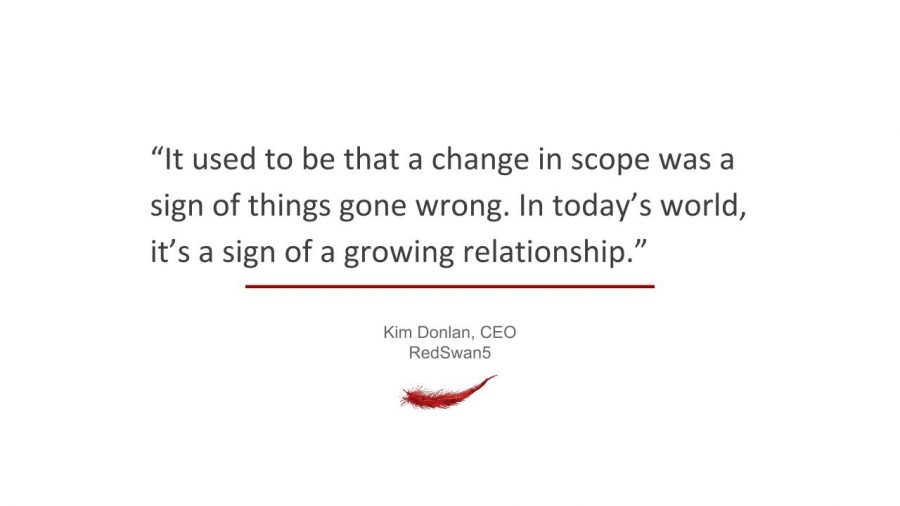
The book Sprint: How to Solve Big Problems and Test New Ideas in Just Five Days, by Jake Knapp, talks about the importance of testing ideas with a prototype mindset. (Thanks to IoT product design manager Erin Pearson for the book recommendation) Jake says that to get a genuine response, your prototype should “show them something realistic.” Prototypes are often referred to as MVPs (minimum viable products) — and one might be the best “first” thing to prove your idea has what it takes to succeed.
New product teams and marketing departments are starting to see MVPs as the fastest way to prove an idea fills a niche and to test customer preferences without impacting the brand or wasting valuable resources. And this works because consumers want products that meet their personal needs, and they are all too happy to tell you how to build them.
An MVP is a wonderful shortcut. It’s a direct path to consumer opinion and can grow your leads list, help secure funding, close deals or launch your product well before any code is written. Yet it won’t work unless it feels realistic, stays on brand and answers the question you set out to prove.
Here are the 5 signs you don’t have an MVP (yet).
#1 You’re Testing a Small Problem
MVPs are the path to game-changing differentiation. You are testing potential — an idea, a new market, a following, funding and support of the super-influencers. The inclination is to break down the process of a new idea into small steps that change behavior and begin to test the incremental change. That approach takes too long and will cause you to lose your way.
Struggling to pay their rent, Airbnb founders, Joe Gebbia and Brian Chesky built a mini website to find out if attendees of a big design conference would pay money to sleep on an air mattress. They would also serve breakfast. Three people said yes.
Approach an MVP by asking and testing the right question. Focus on defining the ONE BIG SIMPLE CHANGE that you believe people want.
#2 Customers Aren’t Involved
Dropbox famously built an inexpensive “explainer video” to verify if people would want a file sharing tool. The video featured functionality that was still in beta and generated 75,000 subscribers.
MVPs need to be seen by potential customers to be of any value to you. An authentic customer response to what they perceive as a real (or soon to be) product or service is a shortcut to understanding what customers are willing to give for it: an email, an endorsement, a share or money.
#3 It’s Not an Experience
According to a recent survey by Walker, customer experience will be more important than price and product by 2020. In fact, 86% of buyers will pay more for a better customer experience.
It stands to reason that an MVP needs to be part of a great experience that can stand on its own or make sense within the context of a larger experience. Customers need to quickly get to a simple idea unencumbered by bad design. They can then embrace (or reject) the idea.
#4 It Lacks Personality (aka It’s Lame)
Nothing will stop a MVP in its tracks faster than placeholder text. In an environment where you are trying to establish the validity of a new idea, words matter. It imperative your MVP make a good impression and an emotional connection. This is even more important given the fact that most of the product isn’t available. No matter who the MVP is built for — customers, funders, partners or an internal audience — great copy can completely change the outcome.
Here are eye-opening examples of landing pages, videos, presentations and mini websites that can provide inspiration as you develop the messaging for your MVP.
#5 It’s Built on the Wrong Device
If you are launching a mobile application, the MVP must be shown on mobile. If you want to simulate a new feature on your site, it needs to work within the existing online experience. I know. This is crazy talk.
There are lots of prototype tools to select from and each has its pros and cons. Will it mean a little more work? Yes. But it is nothing compared to an investor looking at you and saying, “Will it work on mobile?”
MVPs are being used more and more by lean startups and large enterprises to get traction and validation. MVPs are live use cases of the existence of a real need. And they can be continuously improved in a rolling thunder strategy that builds a company that has customers before a bit of code is even written.
RedSwan5 has built MVPs that have led to million-dollar sales and funding while still in the concept stage. To learn more, contact Kim Donlan.



